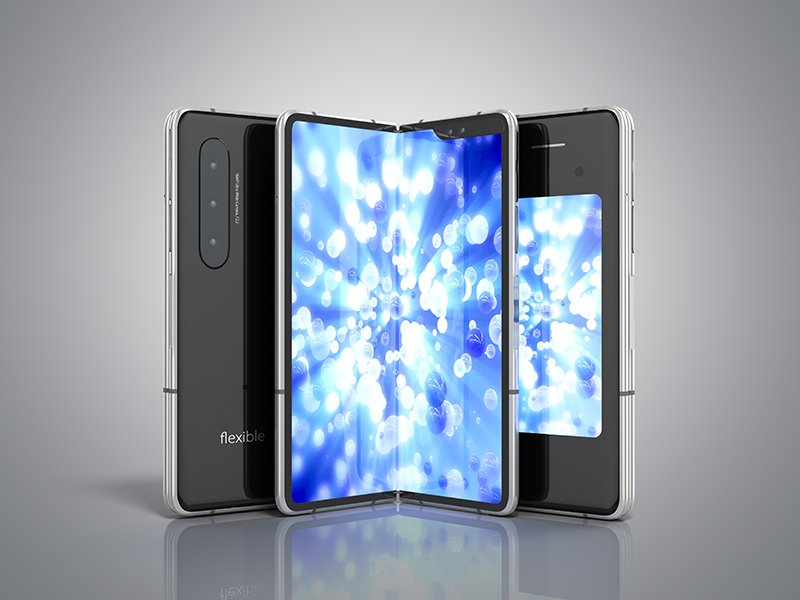The Rise of Foldable Phones: Are They Worth the Hype?
Foldable phones have evolved from experimental gadgets to practical devices that combine portability with the benefits of a larger screen. Whether you’re a multitasker, a mobile gamer, or just someone who enjoys cutting-edge tech, today’s foldable phones deliver powerful performance, durable designs, and flexible displays that expand for better app use, video watching, and productivity.
From book-style foldables to compact flip-style models, the best choice depends on your needs. Some prioritize high-end specs and multitasking, while others focus on sleek, pocket-friendly designs. Either way, these devices are redefining smartphone possibilities.
Best Foldable Phones for 2025
The market offers several standout options, including Samsung’s latest Galaxy Z Fold, Google’s Pixel 9 Pro Fold, and the OnePlus Open. Each brings unique strengths, from premium multitasking features to refined flip-style designs. Motorola’s Razr series also remains a strong contender for those who prefer nostalgia with modern functionality.
How We Test Foldable Phones
Our evaluation follows the same standards as traditional smartphones, focusing on battery life, display quality, camera performance, and responsiveness. However, foldables come in different form factors—compact flip phones with smaller outer screens and larger book-style models that unfold into tablet-like displays.
Are Foldable Phones Worth It? Durability Considerations
The biggest trade-off with foldables is durability. While some models, like the Pixel 9 Pro Fold and Samsung’s Galaxy Z series, offer water resistance, their flexible screens—made mostly of plastic—require extra care. Most come with factory-installed screen protectors that shouldn’t be removed without professional help. Samsung provides one free replacement, while Google charges between $29 and $129 depending on warranty status.
Over time, screen protectors may bubble, typically after nine to twelve months of use. Additionally, sharp objects can easily damage the flexible display, leading to costly repairs—sometimes over $500. While foldables have improved in ruggedness, they remain more delicate than traditional smartphones.
Foldable Phone FAQs
What’s the difference between a foldable phone and a flip phone?
Foldable phones open like a book, offering a tablet-like screen ideal for multitasking. Flip phones fold vertically, resembling classic clamshell designs for better portability.
What are the disadvantages of foldable phones?
Higher cost and durability concerns are the main drawbacks. The complex hinge and flexible display make them pricier and more prone to wear. Battery life can also be a compromise, especially on larger models.
Are foldable phones less durable than regular phones?
Yes, for now. Though newer models have stronger hinges and better water resistance, their flexible screens still require more care than traditional glass displays.
Foldable phones continue to improve, offering better AI features, refined designs, and stronger builds. Whether you want a compact flip phone or a multitasking powerhouse, these devices bring exciting possibilities—just weigh the trade-offs before buying.


